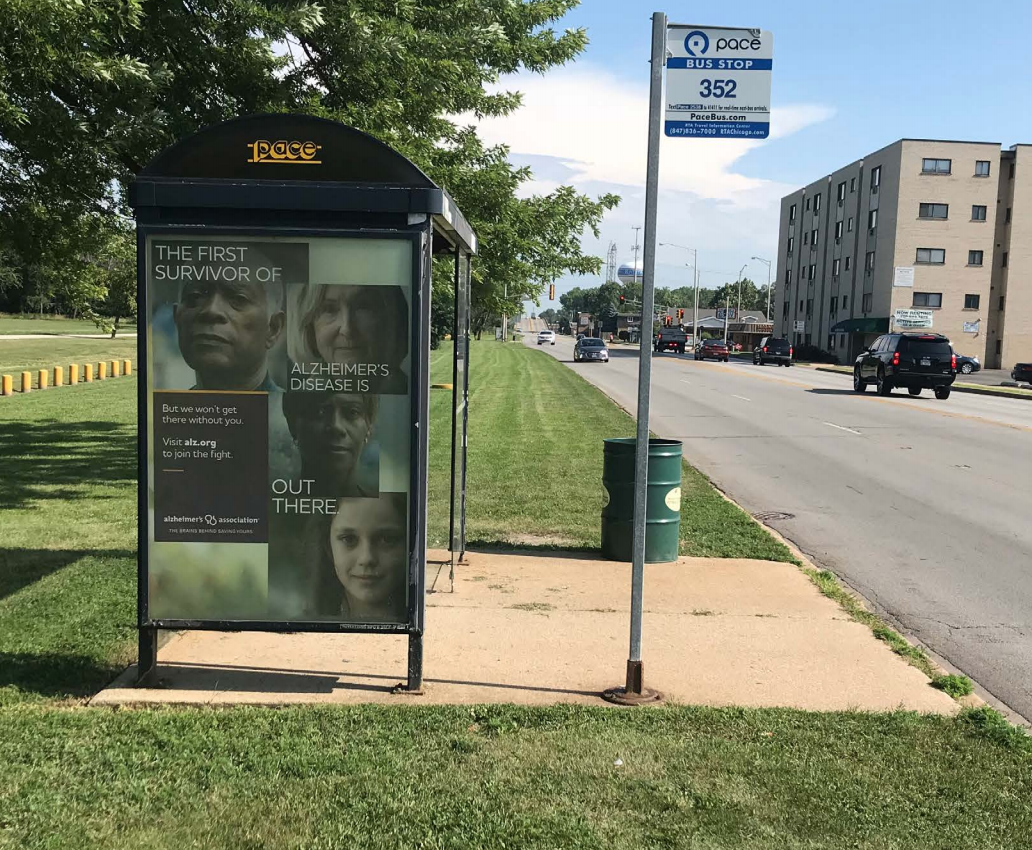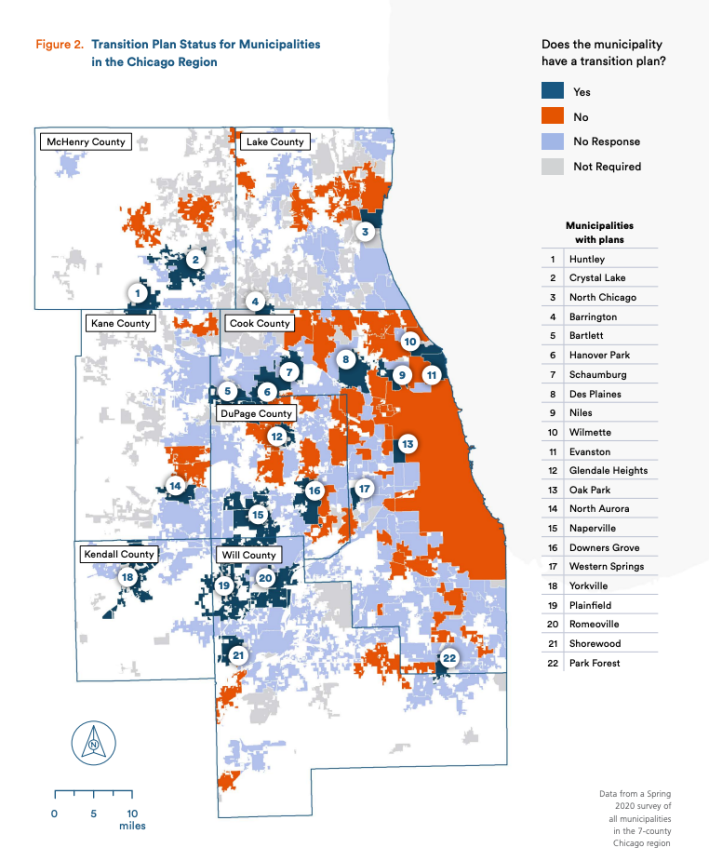More than 30 years after the American's with Disabilities Act passed, many communities still haven't done a good job with providing accommodations for people disabilities on the public way. The rules for implementing Title II of the ADA act mandated that local public agencies put together an ADA "transition plan" within three years of the law's passage in 1990, identifying barriers to access in all publicly owned streets and buildings, and a game plan for addressing those obstacles. However, many agencies never even created a transition plan, let alone fixing all their access barriers.
So in 2015, the Federal Highway Administration put out a document reminding state transportation departments that they still need to create an ADA transition plan for the streets and buildings they control. Here in Illinois, in 2014 the Illinois Department of Transportation sent a letter to agencies across the state that receive transportation funding from the feds, reminding them they were required to have an updated transition plan.
"Where the Sidewalk Ends," a new study by the Metropolitan Planning Council and the Great Lakes ADA Center at the University of Illinois at Chicago assessed the current status and quality of ADA transition plans in Chicagoland. Students from UIC’s urban studies program surveyed the area’s 200 cities, towns, and villages with over 50 employees to determine whether or not they had a transition plan. Using an auditing tool, the team rated the existing plans.
Disappointingly, the report found that a mere 22 of those 200 municipalities, or 11 percent, had a transition plan. And even among those communities, there were no plans that met the requirements for all five plan elements. Moreover, the quality of the plans was spotty. Typical flaws included a poor community outreach process, and scant details on how the plan would be carried out.
The researchers also found that more communities with larger populations, higher numbers of public employees, and higher average household incomes had transition plans, versus smaller, poorer municipalities. Counterintuitively, the higher the percentage of people with disabilities who live in a community, the less likely it is the municipality has a transition plan, or a decent-quality plan.
The study also makes an argument for why ADA transition planning is important in Chicagoland. "Local governments have a lot to gain by working through this process, and leave themselves exposed to risk if they don’t," the report states. At the end of the report there's a list of resources to help local decision-makers and advocates make headway on removing barriers to accessibility.





